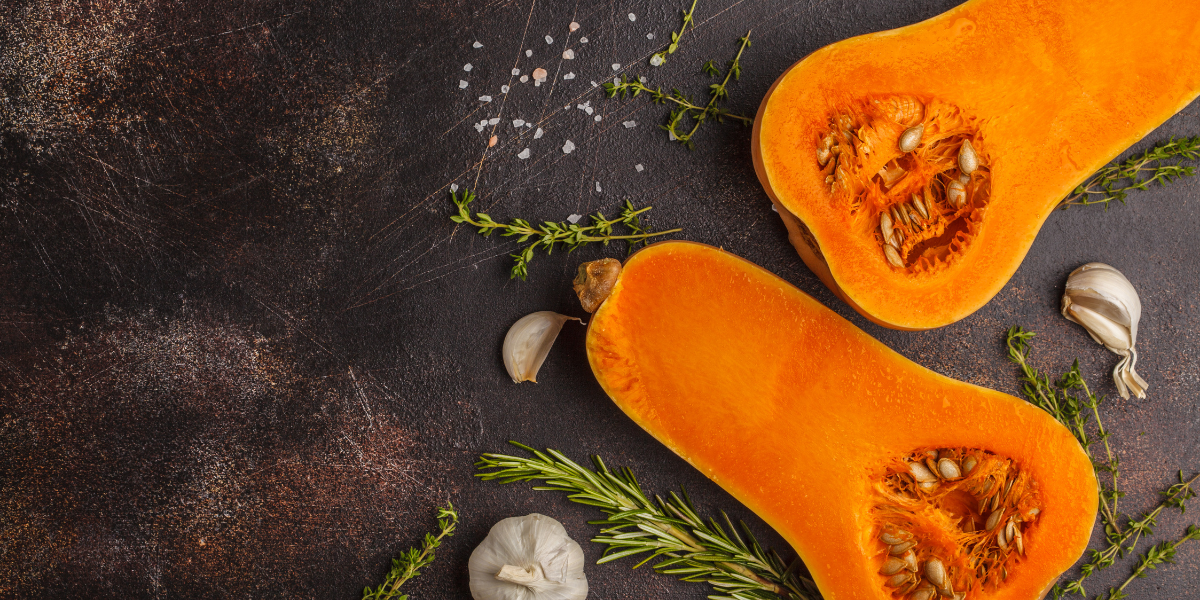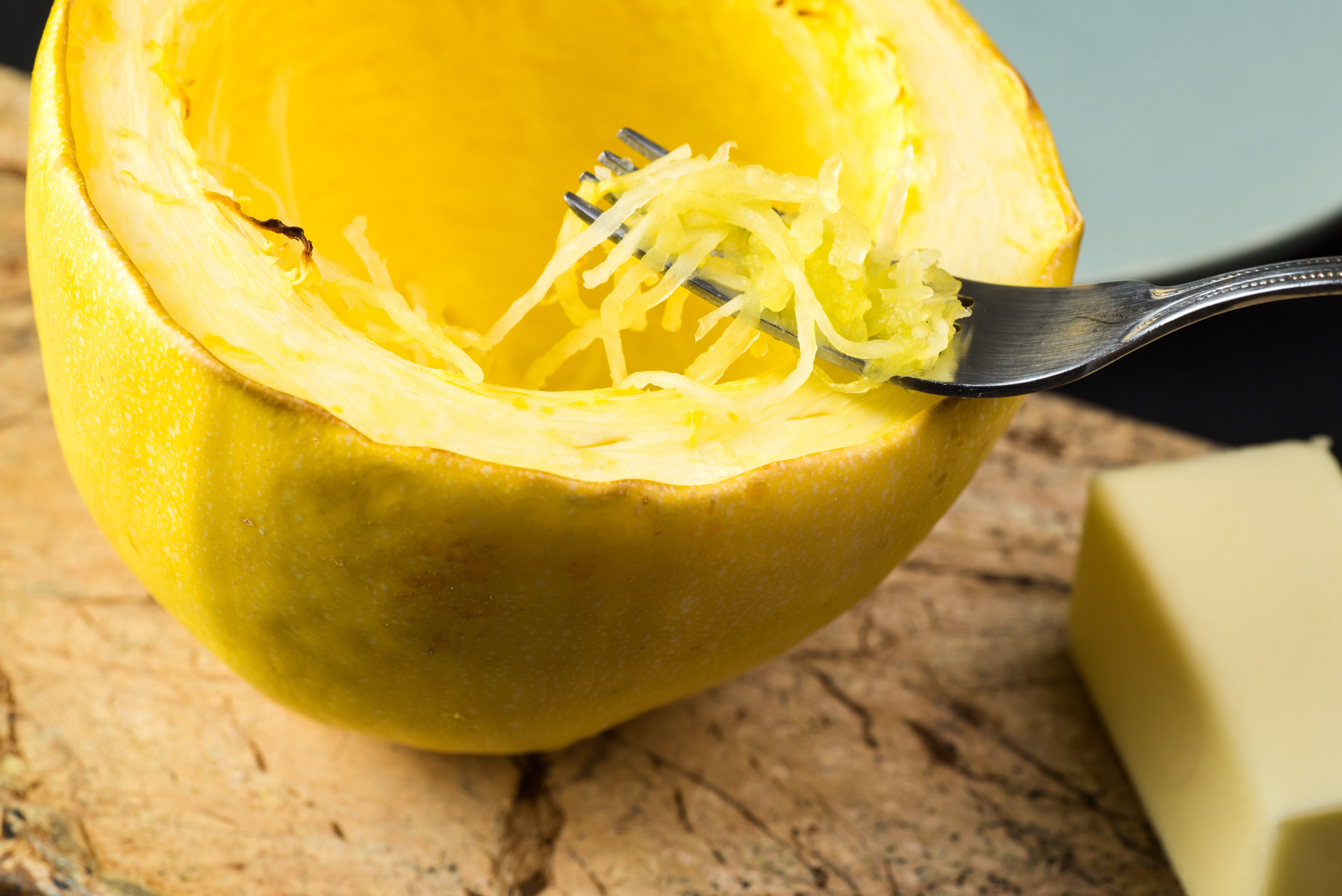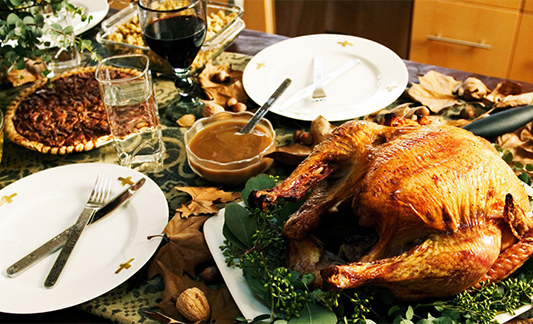Help Isom IGA recover from devasting floods

Fall is just around the corner, which means the changing of leaves, pumpkin spice everything, and a change in seasonal vegetables from light leafy greens and tomatoes to Brussels sprouts and ALL the squash is coming. There are over 15 different varieties of fall squash that you may find in your region, but today we’re going to focus on two of everyone’s favorites that you’re likely to be familiar with: Butternut and Spaghetti.
Butternut SquashThese sweet orange squashes are commonly used for soups, salads, and sides. Their orange flesh indicates a high level of vitamin A, and they are full of slow-digesting carbohydrates and fiber. Butternut squash will range in size but tend to be rather large. A smaller version called a honeynut squash has been cultivated by breeding the genes of a buttercup squash with those of a butternut squash, and it’s significantly sweeter in taste. You can cut and cook the honeynut squash the same way a butternut squash. Look for a squash with a solid color (beige for butternut, toasty orange for honeynut), without any deep cuts or bruises – some surface scratching is normal. The squash should feel heavy for it’s size. These squash will keep in a cook, dark place for several weeks and do not need to be refrigerated. No matter your recipe, you will need to cut and cook the butternut squash.
How to cut and cook a butternut squash:
- Use a sharp chef knife to cut off the top and bottom portions of the squash.
- Use a vegetable peeler to peel off the inedible outside skin, leaving the orange flesh exposed.
- Use your chef knife to cut the squash in half near where the neck of the squash ends and the belly of the squash begins, leaving you with two halves. The neck portion will not have seeds, but the belly portion will.
- Set the belly portion on the flat bottom side and cut in half down the middle – both sides should have seeds. Scoop the seeds out with a spoon so that only the orange flesh is left.
- Did you know that you can cook and eat seeds from butternut squash the same way you would pumpkin seeds?! So we suggest you wash and bake those seeds as opposed to tossing them.
- Set the neck portion on it’s bigger flat side and cut in half down the middle. Now you should have four quarters of squash.
- Cut the peeled squash into 1-inch pieces for roasting.
- Toss squash in olive oil, sprinkle with salt, pepper, and any other spices as needed.
- Bake in a single layer on a sheet pan (or two) at 400 degrees 25 to 30 minutes. You should be able to pierce the squash easily with a fork.

Spaghetti Squash
Spaghetti squash is a completely different experience compared to any other squash out there. Strands of spaghetti squash are a fiber-rich, deliciously healthy way to replace noodles with a vegetable in almost any recipe – even Pad Thai! Choose a firm spaghetti squash that's free of soft spots and feels heavy for its size. The stem should be firm, dry, and rounded. Knowing how to cook a spaghetti squash is imperative, since the texture can be a little slimy and off-putting if not done correctly.
How to cut and cook a spaghetti squash:
- Use a sharp chef knife to cut off the top and bottom portions of the squash.
- Place the squash on the larger flat side and cut the squash in half length-ways.
- Use a spoon to scoop out the seeds out of both sides.
- Add a little olive oil to both sides, rubbing it all over to cover the flesh. Sprinkle with salt and pepper.
- Place the halves on a baking sheet flesh side down.
- Use a fork to poke holes in several places throughout the rind – this helps with venting.
- Bake at 400 degrees for 30 to 40 minutes.
- This amount of time will lead to “al dente” textured strands of squash. If baked for too long, the squash will feel mushy.
- Let the squash cool enough touch. I like to use a kitchen towel to hold the squash to protect my hands from heat, which decreases the total amount of time needed for cooling.
- Using a fork, go to town on scraping out the strands of flesh into a large bowl.
- Your spaghetti squash is now ready to for incorporating into your recipe!
Next Story
Grape-Nuts Hot: Almond Joy →
You May Also Like
These Stories on Fall
Oct 21, 2022 1:16:33 PM |
2 min read

